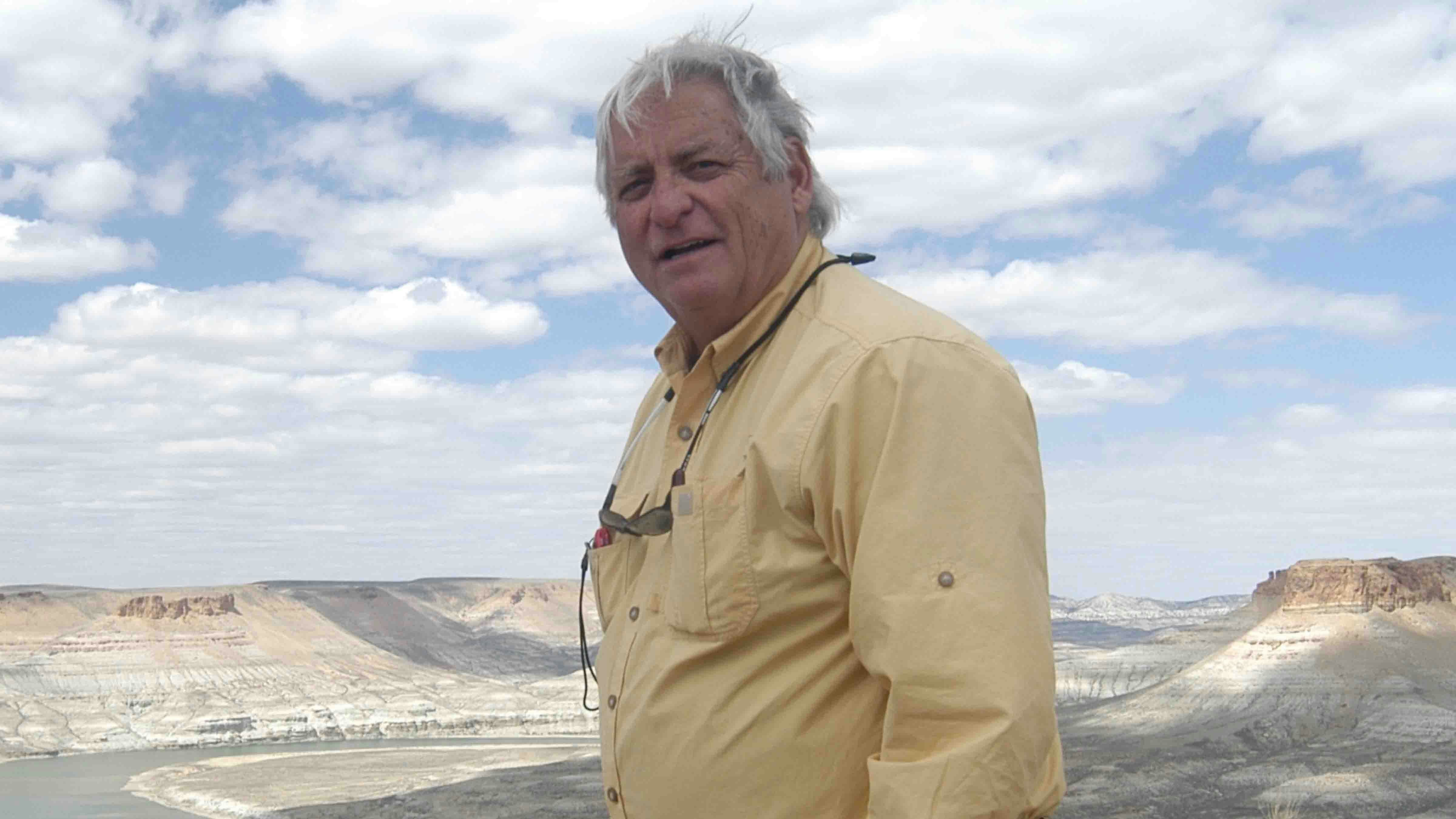By Cat Urbigkit, Range Writing columnist for Cowboy State Daily
Monitoring comes naturally to ranchers, even though we may not consider much of our daily habits as such. We monitor a variety of natural resources or resource components on a regular basis, from irrigation levels, weather, grazing distribution and utilization, and plant diversity, to breeding dates, conception rates, and desirable herd characteristics.
Many ranchers participate in structured rangeland monitoring in conjunction with federal land managers – a program that began as a cooperative venture for some, but expanded due to threats from anti-grazing activists. Instead of volunteering to work together toward a shared goal of sustainable use of vegetative resources, grazing permittees and agencies were effectively coerced into participation.
But ranchers monitor many other resources independent of agency support or oversight. The popularity of camera traps (trail cameras, game cameras) has opened up new realms for monitoring. Cameras are now used to monitor vehicles accessing ranch-owned gravel pits, and to document trespassers ignoring posted property boundaries.
With increased public concern about rare species in Wyoming, some ranchers have developed their own monitoring programs to inventory for species occurrence, seasonal use, and habits of these species on their properties. It’s good to know and understand the wild species that share your range, but sadly, ranchers have little incentive to share that data with wildlife managers. That’s because rather than celebrating the occurrence of previously undocumented sage grouse leks, breeding pairs of short-eared and flammulated owls, nesting long-billed curlews, small populations of pygmy rabbits, or any of a long list of federally listed, proposed, or candidate species of concern, private landowners fear that acknowledging the presence of these species only opens the door to more coercion.
That’s a shame, because the detection of rare species on private property should be celebrated – these landowners should be proud that their stewardship includes sustaining these species. Instead, property owners keep quiet, fearful that detection of these rare species only brings restrictions on their property rights and use.
I’m part of a small group of ranchers who work together in an informal wildlife monitoring program for our neighboring parcels, using camera traps as its main component. Our program aims to help in protecting our livestock herds by knowing and understanding the movement and frequency of large carnivores in our neighborhood.
Every year ranchers get requests from wildlife managers or researchers requesting permission to access private property to observe wild animal numbers, survey for rare species, document migration routes, etc. Although we may be inclined to want to cooperate, often we need to say no, and that’s because what is being requested isn’t actual cooperation. Sometimes the data collected is later used to impose restrictions on private property.
I’m a member of an international network focused on human-wildlife conflict research. Last week one network participant explained in a group email that a non-governmental organization (NGO) had installed an electric fence to prevent black bears from preying on goats held in the pen. One of the cameras installed on the fence captured a video of a mountain lion jumping the fence and killing a goat. Not surprisingly, the farmer wants a copy of the video. Also not surprisingly, the NGO is now questioning how it should handle such a request.
I suspect that the NGO wouldn’t be asking such questions had the fence succeeded in deterring predators, and would instead be happily sharing video footage of a predator getting zapped by the fence and running from the scene.
Instead, the NGO wants to learn if there are protocols or guidelines for the sharing of such information with the public. While none of the researchers who responded offered such a guideline, one Canadian-based researcher noted, “I can see potential ethical issues (e.g. would sharing induce some sort of conflict or misuse of the data by the landowner, could it be used as evidence to illicit intensified predator control, etc.).”
This researcher’s response provides a prime example of why some ranchers won’t cooperate in wildlife research and monitoring programs. The notion that data should be controlled or censored because it had an undesirable outcome to the researcher is appalling. That the livestock owner could use the data to seek intensified control shouldn’t be viewed as a negative – the negative is that despite increased efforts at protecting his livestock, predators continued to succeed at killing his goats.
I also noticed the researcher’s Freudian slip in the use of “illicit” (as in forbidden), when the proper verbiage is “solicit” (as in to ask for or try to obtain) when suggesting predator control.
Cooperation is the process of working together to the same end. It’s not cooperation if it’s one-sided.
Cat Urbigkit is an author and rancher who lives on the range in Sublette County, Wyoming. Her column, Range Writing, appears weekly in Cowboy State Daily.





